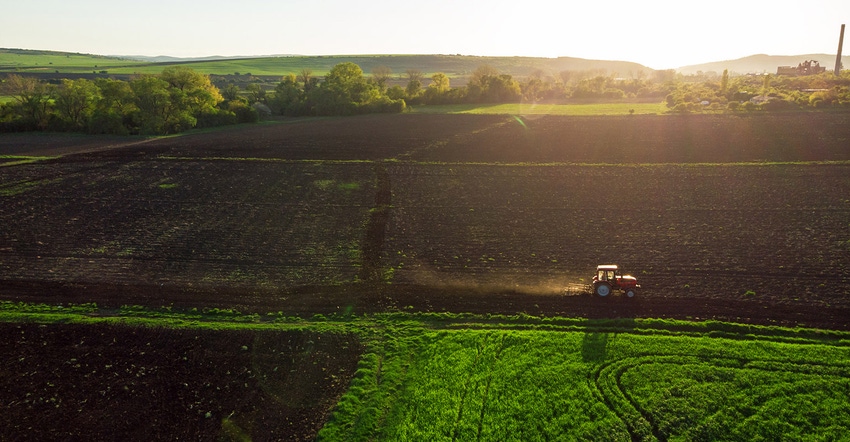
It is sad to see the Trump administration USDA officials promulgating a rule on Dec. 7, 2018, which allows USDA staff more flexibility in taking land away from farmers using swamp buster-wetland regulations!
The USDA’s Natural Resources Conservation Service (NRCS) disseminated a release which claimed the rulemaking would clarify how USDA “…delineates, determines, and certifies wetlands located on subject land in a manner sufficient for making determinations of ineligibility for certain USDA program benefits.”
In plain English
The rule makes it clear the government is not here to help you but to harm you. The rule makes it easier for a NRCS wetlands expert to come to your farm and determine you have converted wetlands into productive cropland. Then you lose all your USDA benefits.
The definition of wetland means the land has a predominance of hydric soils, is inundated or saturated by surface or groundwater at a rate which would allow a prevalence of hydrophytic vegetation. And finally, under “normal circumstances” this land would support such wetland vegetation.
The rule sets forth language from the U.S. Corps of Engineers’ Manual of 1987 detailing three levels of work which should be undertaken by NRCS personnel to determine if your farm is a wetland. Level One is particularly dangerous for a farmer. If the land is now in production, NRCS is allowed to use a comparable offsite property to confirm that your land has a prevalence of hydrophytic vegetation, hydric soils, and wetland hydrology.
No constraints
There are virtually no constraints on NRCS in choosing an offsite field which may be comparable to your field which is now being farmed. USDA proudly proclaims that its staff must record the results on a wetland identification base map. There is no requirement that any measurements or transects be developed by NRCS delineators.
What is not mentioned in the USDA rule of Dec. 7 is how a NRCS technical expert can simply come onto your farm and determine if he/she sees wetland or hydrology indicators. NRCS can determine you have wetland hydrology if there is “water glistening on ped faces [aggregates of soil particles] and interiors within 12 inches of the surface.”
Other indicators of a wetland: water marks on any vegetation, sediment deposits such as thin coatings of silt or organic material, drift deposits such as “rafted debris or litter”, an algal map or crust, iron deposits, surface soil cracks such as cracks in clay soils, sparsely vegetated concave surfaces, drainage patterns, wetland hydrology indicators such as aquatic invertebrates, marl deposits, hydrogen sulfide odor, oxidized rhizospheres along living roots, recent iron reduction in tilled soils, saturation visible on aerial imagery, shallow aquitards, sphagnum moss and, get this -- even water stained leaves.
All these indicators, many of which you have never heard of, can be used by a NRCS “technical expert” to determine you have wetland hydrology on your property.
It gets worse
Many farmers and ranchers do not know that in the past, NRCS had to prove the land in question had 7 days of inundation of water or 14 days of saturation from the surface down to 12-16 inches. Of course, this takes some time to prove. NRCS believes its staff would have to work too hard to prove these points before taking your land.
USDA has the gall to say in the rule that “Quantification of a number-based hydrologic criteria is both inefficient and prohibitive, and if practiced, requires the installation of monitoring equipment.” Translation: the bureaucrats have moved away from this very specific requirement to make their jobs easier and make your life more miserable in taking your land away from you.
The USDA–NRCS rule also provides for a “minimal effect exemption” if a wetland has been converted into farming land on your property. I have been told by USDA officials that since 1985 they cannot find one minimal effect exemption being granted.
This is a rule that should not stand and is an embarrassment to Donald Trump’s USDA.
The opinions of the author are not necessarily those of Farm Futures or Farm Progress.
About the Author(s)
You May Also Like




